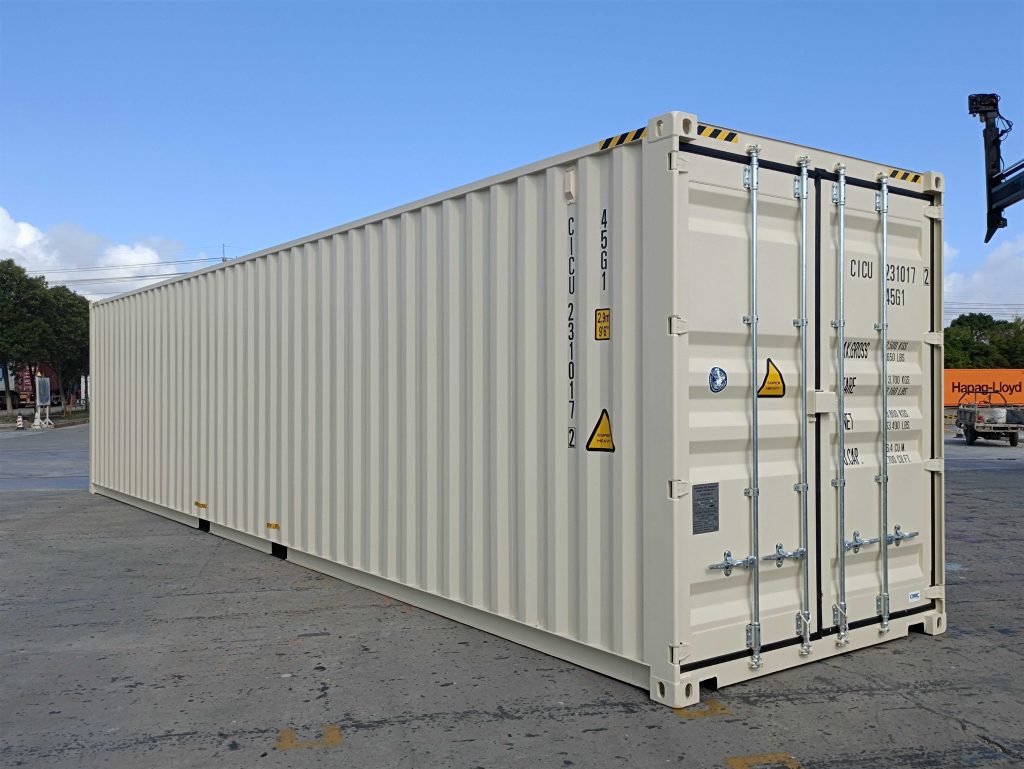Understanding the Size of a 20ft Shipping Container
When it concerns shipping and carrying products, the container's size is a crucial aspect that requires cautious consideration. Amongst 20ft Container New standardized container sizes, the 20ft container stands apart as one of the most typically utilized key ins worldwide shipping. This blog site post explores the dimensions, capability, and applications of a 20ft shipping container.
Dimensions of a 20ft Container
A standard 20ft container is created to adhere to ISO (International Organization for Standardization) policies, providing an uniform requirement that helps with simple transport throughout various modalities of transport, including trucks and ships. The dimensions of a standard 20ft container are as follows:
| Dimension | Measurement |
|---|---|
| External Length | 20 feet (6.058 meters) |
| External Width | 8 feet (2.438 meters) |
| External Height | 8.5 feet (2.591 meters) |
| Internal Length | 19.4 feet (5.898 meters) |
| Internal Width | 7.7 feet (2.352 meters) |
| Internal Height | 7.9 feet (2.391 meters) |
Capacity
A 20ft container has a flexible capability that makes it ideal for a variety of cargo, ranging from textiles to machinery. When assessing its capacity, 2 primary factors enter play: volume and weight.
| Spec | Measurement |
|---|---|
| Volume | 1,172 cubic feet (33.2 cubic meters) |
| Maximum Payload | Around 28,000 pounds (12,700 kg) |
These numbers highlight that a 20ft container can accommodate a significant amount of cargo, making it an effective choice for medium-sized shipments.
Why Choose a 20ft Container?
There are numerous reasons businesses and individuals choose a 20ft container. Here are some essential benefits:
- Versatility: The 20ft container can be utilized for a large range of products-- from pallets of products to bigger equipment and devices.
- Cost-effectiveness: For smaller deliveries, making use of a 20ft container can be more cost-effective than larger container alternatives. This is particularly vital for services aiming to handle expenses efficiently.
- Transportation Efficiency: The standardized size enables smooth transportation via trucks, trains, and ships, minimizing the complexity related to various container sizes.
- Storage Solutions: A 20ft container can act as an effective storage option for services requiring additional area for stock or equipment.
- Business and Residential Use: Beyond shipping, 20ft containers are significantly being utilized for on-site workplaces, pop-up retail spaces, and even homes due to their robust structure.
Typical Uses for a 20ft Container
Here are some normal applications of 20ft containers:
- International Shipping: Ideal for transferring products across oceans and borders, particularly for organizations involved in e-commerce.
- On-Site Storage: Construction websites typically make use of containers for devices and material storage to reduce theft and weather condition direct exposure.
- Modular Offices: Portable workplace options are ending up being the norm, with numerous companies using modified containers as momentary or long-term office.
- Occasion Management: Many occasion organizers use containers for ticketing booths, concession stands, or as back-of-house assistance.
Regularly Asked Questions (FAQs)
1. How much can a 20ft container hold?
A basic 20ft container can carry a maximum payload of roughly 28,000 lbs (12,700 kg) and can consist of around 1,172 cubic feet (33.2 cubic meters) of cargo.
2. Can a 20ft container be carried by air?
Generally, 20ft containers are not suitable for air transport due to their size. Air freight normally adopts smaller sized bundles due to weight and space restraints in airplane.
3. What is the cost related to shipping a 20ft container?
Shipping expenses can vary depending on various elements such as the shipping distance, location port, and shipping business. Typically, it can vary from ₤ 1,000 to ₤ 2,500 for global shipping.
4. Are there adjustments offered for 20ft containers?
Yes, lots of shipping business and manufacturers offer tailored modifications for containers, such as windows, insulation, electrical circuitry, and ventilation for a variety of usages.
5. What is the distinction between a standard and high cube 20ft container?
While both are 20ft long, a high cube container is taller, with an external height of 9.5 feet (2.896 meters) compared to the standard 8.5 feet (2.591 meters), offering additional volume for cargo.
The 20ft shipping container is a versatile, effective solution for various transportation and storage needs. Its standardized dimensions, adequate capability, and cost-effectiveness make it an important part of the logistics and shipping markets. Whether you're a company in requirement of efficient shipping or a private searching for innovative storage options, the 20ft container is certainly an appropriate option. Understanding its size and capacity can help you make informed decisions to optimize your logistics operations or personal tasks.

